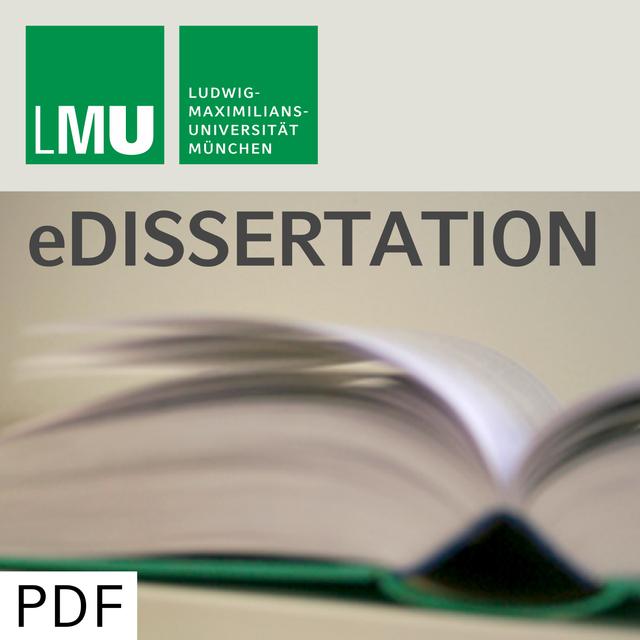
Knöcherne Integration und Biokompatibilität eines neuen resorbierbaren Polymers zur Schraubenaugmentation im osteoporotischen Knochen
Jul 18, 20030
Episode description
Bone integration and biocompatibility of a new bioresorbable polymer for
screw augmentation in the osteosynthesis of osteoporotic cancellous bone:
The surgical treatment of an osteoporosis-associated fracture is a clinically relevant problem, which yet has no satisfactory solution. The fixation of conventional implants is limited because of the reduced bone density in osteoporotic bones. To ensure stable fixation compound osteosynthesis
has been used since the 1950s. Polymethylmethacrylate (PMMA) is the most commonly used bone cement in reconstructive medicine because of its excellent mechanical properties. However, compound osteosynthesis also has some disadvantages. The local exothermic polymerization as well as the release of toxic residual monomers can cause damage to the surrounding tissue. PMMA
is also not resorbable, and therefore surgeries using PMMA are irreversible. An ideal absorbable bone cement must meet many biochemical requirements and also provide sufficient mechanical stability. Two critical requirements are long-term biocompatibility, and an absorption rate that corresponds with the reestablishment of the physiologic bone stability. The aim of this study was to investigate different variations of a new resorbable bone cement developed on an alkylene bis(dilactoyl)-methacrylate basis in terms of long-term biocompatibility, degradation and mechanical reinforcement in a sheep model. Further, the suitability of ovarectomized sheep as osteoporotic large animal model was verified for investigation of biomaterial. In this study osteoporosis was generated in sheep by an ovarectomy followed by 6 months of glucocorticoid injections. The control group received no treatment. Two screws were implanted in the cancellous bone in the distal femur and proximal tibia in both groups. The screws were fixed in the bones with variations of the new bone cement. In each group, three screw fixation techniques were investigated: augmented with the new polymers, augmented with PMMA, or not augmented. The ovarectomized sheep were sacrificed after eight weeks (short-term group). The control sheep
(long-term group) were sacrificed after six months. Histology results confirmed the biocompatibility of the non-augmented screws as well as the screws augmented with PMMA in both the short- and long-term group. Histology of the cancellous bone showed physiologic remodeling zones. The new polymers were homogenous after
eight weeks, with no signs of degradation. The polymer was well distributed in the cancellous bone, but there were no signs of osseous integration of the cement. Only a small number of inflammatory cells were present. However, a significant inflammatory response with macrophages, giant cells and erythrocytes was observed six months after implantation. Massive osteolysis was seen and in some cases so severe that the screw was loose. The degradation kinetics of the new polymers were unsatifactory, because there was no decrease in the volume of the applied bone cement after six months. There is no definitive answer as to what caused the foreign body reaction. Most likely several factors played a role, such as cytotoxicity of the degradation products, particles were broken off and the increased osmotic pressure within the implantation site. The inflammatory reaction and the degree of osteolysis depended without a doubt on the concentration of the polymer. The macroscopic and histologic changes in the osseous implantation site were consistent with the biomechanical results. The mechanical strength of the screws fixation of the new polymers measured by pullout force was significantly less at both eight weeks and six months compared to the screws in the control group. The screws fixed with the new polymer lacked osseous integration and also had poor biocompatibility. Therefore, the new polymers do not meet the requirements for clinical use. The use of ovarectomized sheep treated with glucocorticoids proved to be a suitable animal model for investigating biomaterials in osteoporosic bone. The density of the cancellous bone in the extremities was significantly decreased, compared to the control animals.
For the best experience, listen in Metacast app for iOS or Android
Open in Metacast